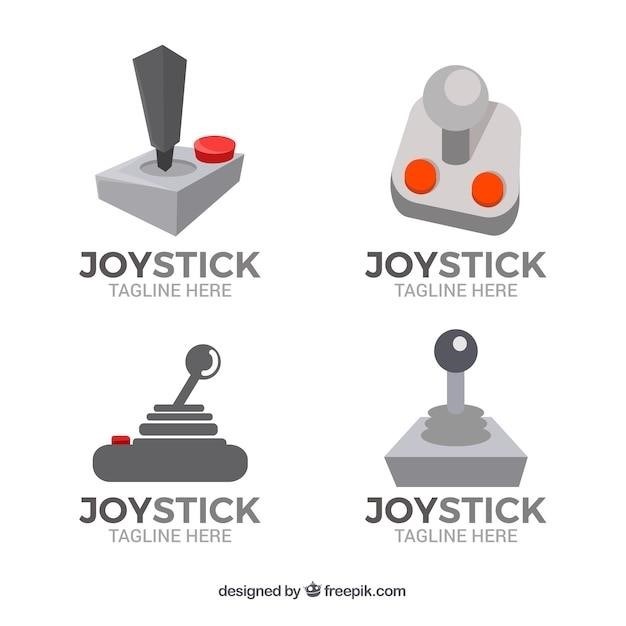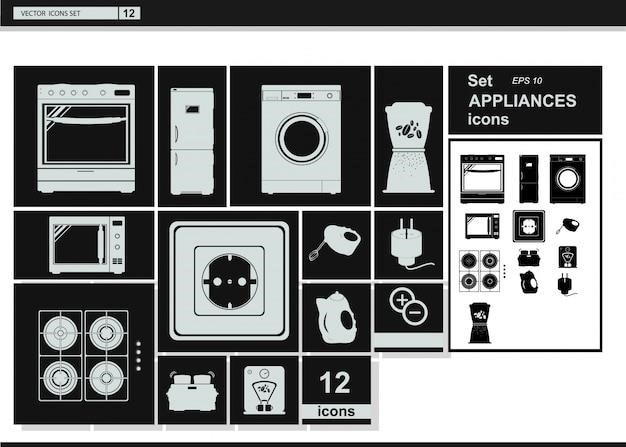Kuka KR 30 R2500 Specifications and Technical Data
Comprehensive specifications for the Kuka KR 30 R2500 are available in the official Kuka documentation. Consult online manuals and the Kuka Download Center for detailed technical data and CAD models.
Payload Capacity and Reach
The Kuka KR 30 R2500 boasts a substantial payload capacity, though the precise figure isn’t explicitly stated in the provided text excerpts. However, related models like the KR 30 R2100 handle 30kg, suggesting a similar capacity for the R2500. Its reach, also not directly specified, is likely significant, given the “R2500” designation implying a reach of approximately 2500mm, consistent with the naming conventions of similar Kuka robots. Consult official Kuka documentation for exact payload and reach figures for the KR 30 R2500.
Mounting Options and Configurations
While the provided text doesn’t detail specific mounting options for the Kuka KR 30 R2500, flexibility in mounting is a common feature in industrial robots of this class. Expect the manual to cover various mounting configurations, potentially including floor, ceiling, and wall mounting. The choice of mounting will depend on the specific application and workspace layout. Factors like accessibility, cable management, and robot orientation will influence the optimal mounting position. Consult the official Kuka KR 30 R2500 manual for detailed diagrams and instructions on available mounting options and their respective specifications.
Controller Compatibility (KR C4, KR C5)
The Kuka KR 30 R2500 is likely compatible with both the KR C4 and KR C5 controllers, as indicated by mentions of these controllers in relation to similar Kuka robots within the provided text. The specific controller used will influence programming options and software features. The manual should clarify which controller versions are officially supported, detailing any limitations or specific software requirements for each. Ensuring compatibility is crucial for proper operation and accessing all features. Consult the manual for detailed information on controller compatibility, including firmware versions, software packages, and any necessary updates.
Kuka KR 30 R2500 Applications
The versatile Kuka KR 30 R2500 robot excels in material handling, assembly, and welding applications. Its capabilities extend to various industrial processes demanding precision and moderate payload capacity.
Material Handling and Assembly
The Kuka KR 30 R2500’s precise movements and 30kg payload make it ideal for diverse material handling tasks. These include pick-and-place operations, part transfer within assembly lines, and palletizing. Its reach and speed contribute to efficient cycle times. The robot’s repeatability ensures consistent placement accuracy crucial for automated assembly processes, where it can handle various components with ease. Integration with vision systems further enhances its capabilities for complex assembly sequences requiring adaptable part recognition and manipulation.
Welding and Dispensing
The Kuka KR 30 R2500 robot is well-suited for precise welding applications due to its accuracy and repeatability. Its six-axis design allows for flexible positioning and access to various weld joints. The robot can be easily programmed for different weld paths and parameters, and its robust construction ensures reliable performance in demanding industrial environments. In dispensing applications, the KR 30 R2500 provides consistent and controlled material deposition. This makes it suitable for tasks like adhesive application, sealant dispensing, and coating processes, requiring precise control over material flow and placement for high-quality results.
Other Industrial Applications
Beyond welding and dispensing, the versatile Kuka KR 30 R2500 finds use in diverse industrial settings. Its medium payload capacity and reach make it ideal for material handling tasks such as pick-and-place operations, machine tending, and palletizing. The robot’s precision is beneficial in assembly processes, particularly for intricate components requiring accurate placement and orientation. Furthermore, the KR 30 R2500 can be adapted for finishing operations, including polishing, grinding, and deburring, enhancing productivity and quality in various manufacturing processes. Its adaptability extends to applications in areas like additive manufacturing and other specialized industrial tasks, showcasing its versatility as a valuable asset in modern automation.
Kuka KR 30 R2500 Maintenance and Servicing
Regular preventative maintenance, detailed troubleshooting guides, and adherence to safety protocols are crucial for optimal performance and longevity of the Kuka KR 30 R2500.
Preventive Maintenance Procedures
Establishing a preventative maintenance schedule for your Kuka KR 30 R2500 is essential. This should include regular lubrication of joints and moving parts, according to the manufacturer’s specifications found in the official Kuka documentation. Inspect cables and wiring for any signs of damage or wear, ensuring all connections are secure. Check for any loose bolts or fasteners on the robot arm and its base. Regularly clean the robot of debris and contaminants that could interfere with its operation. These procedures, performed at specified intervals, significantly extend the lifespan and operational efficiency of your robotic system, minimizing downtime and repair costs. Remember to always consult the official Kuka KR 30 R2500 manual for detailed instructions and safety precautions.
Troubleshooting and Repair
Troubleshooting a malfunctioning Kuka KR 30 R2500 requires a systematic approach. Begin by reviewing the error messages displayed on the robot’s control panel; these often provide valuable clues. Consult the Kuka KR 30 R2500 manual for a comprehensive troubleshooting guide, which may include diagnostic flowcharts and detailed explanations of common errors. If the issue persists, check for loose connections, damaged cables, or mechanical obstructions. Simple problems like power supply issues or software glitches can often be resolved quickly. For more complex problems, contacting Kuka support or a qualified technician is recommended. They possess the specialized knowledge and tools to diagnose and repair intricate mechanical or electronic faults, ensuring the robot’s safe and efficient operation. Unauthorized repairs can void warranties and pose safety risks.
Safety Precautions
Operating a Kuka KR 30 R2500 robot demands strict adherence to safety protocols. Before any operation, ensure the robot’s work area is clear of obstructions and personnel. Always utilize the emergency stop button readily accessible during operation. Regularly inspect the robot and its surrounding environment for potential hazards, including loose parts or damaged cables. Proper personal protective equipment (PPE), such as safety glasses and hearing protection, must be worn at all times. Never attempt repairs or modifications without proper training and authorization. Consult the detailed safety instructions within the Kuka KR 30 R2500 manual before initiating any task. Understand the robot’s operational limits to prevent unexpected movements or collisions. Remember, safety is paramount; a thorough understanding of all safety procedures minimizes the risk of accidents and injury.
Accessing Kuka KR 30 R2500 Documentation
Kuka’s online resources, including the Download Center, provide comprehensive manuals and CAD data for the KR 30 R2500 robot.
Online Manuals and Resources
Accessing comprehensive documentation for the Kuka KR 30 R2500 is readily available online. Kuka’s official website offers a wealth of resources, including detailed user manuals, operational guides, and troubleshooting documentation. These online manuals often contain diagrams, illustrations, and step-by-step instructions to aid in understanding the robot’s functionality, programming, and maintenance procedures; Furthermore, you can find helpful videos and tutorials demonstrating various aspects of the robot’s operation and programming techniques. Always ensure you are using the most up-to-date versions of the manuals, as updates may include critical safety information or performance enhancements.
Kuka Download Center
The Kuka Download Center serves as a central repository for a wide array of valuable resources related to their robotic systems, including the KR 30 R2500. This dedicated online platform provides access to crucial documents such as CAD data, enabling seamless integration into existing production environments. Software downloads, including the latest versions of operating systems and programming tools, are readily available. Furthermore, the Download Center offers essential data sheets containing detailed specifications, technical parameters, and performance characteristics of the robot. Users can also find general terms and conditions, certificates, and other important legal documents. This centralized resource streamlines the process of acquiring necessary information and materials for efficient operation and maintenance of your Kuka KR 30 R2500.
Third-Party Resources
While official Kuka documentation is the primary source for information on the KR 30 R2500, valuable supplementary resources can be found from independent sources. Many online forums and communities dedicated to robotics and automation offer user discussions, troubleshooting tips, and shared experiences related to Kuka robots. These platforms can provide insights into practical applications, common issues, and solutions from fellow users. Furthermore, some third-party vendors offer specialized tools, software, or services that complement Kuka’s offerings. These might include advanced programming environments, simulation software, or customized accessories. Always exercise caution when using third-party resources and verify information against official Kuka documentation to ensure accuracy and compatibility. Remember that using non-Kuka approved parts or modifications may void warranties.























